How to Film Underwater: Essential Tips for Beginner Filmmakers
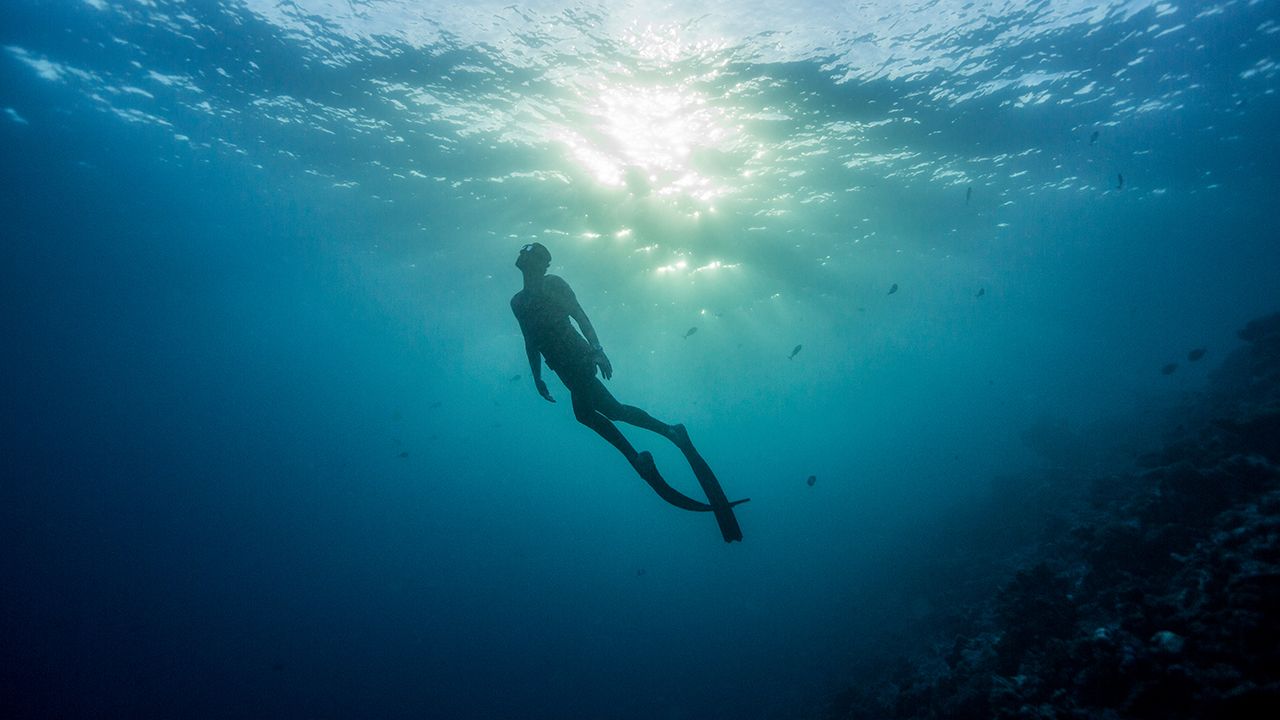
Are you struggling to capture the incredible beauty of the underwater world? Does the footage from your underwater filming adventures seem to lack the vibrant colours, dynamic action, and subtle nuances that your naked eye experiences? Translating the mysterious, three-dimensional world of the oceans into a two-dimensional visual story can be quite challenging, even for seasoned filmmakers.
Learning Underwater Filmmaking
Through making my short film One Breath, I learned about the challenges of filming underwater and discovered how to overcome some of these challenges. You can watch the film here:
Underwater Filmmaking 101
Drawing from my own experiences and learning from world-renowned freedivers and underwater filmmakers, Eusebio and Christina Sáenz de Santamaría, I'm going to share seven transformative tips that will help your underwater cinematography go to new depths. Let's dive in!
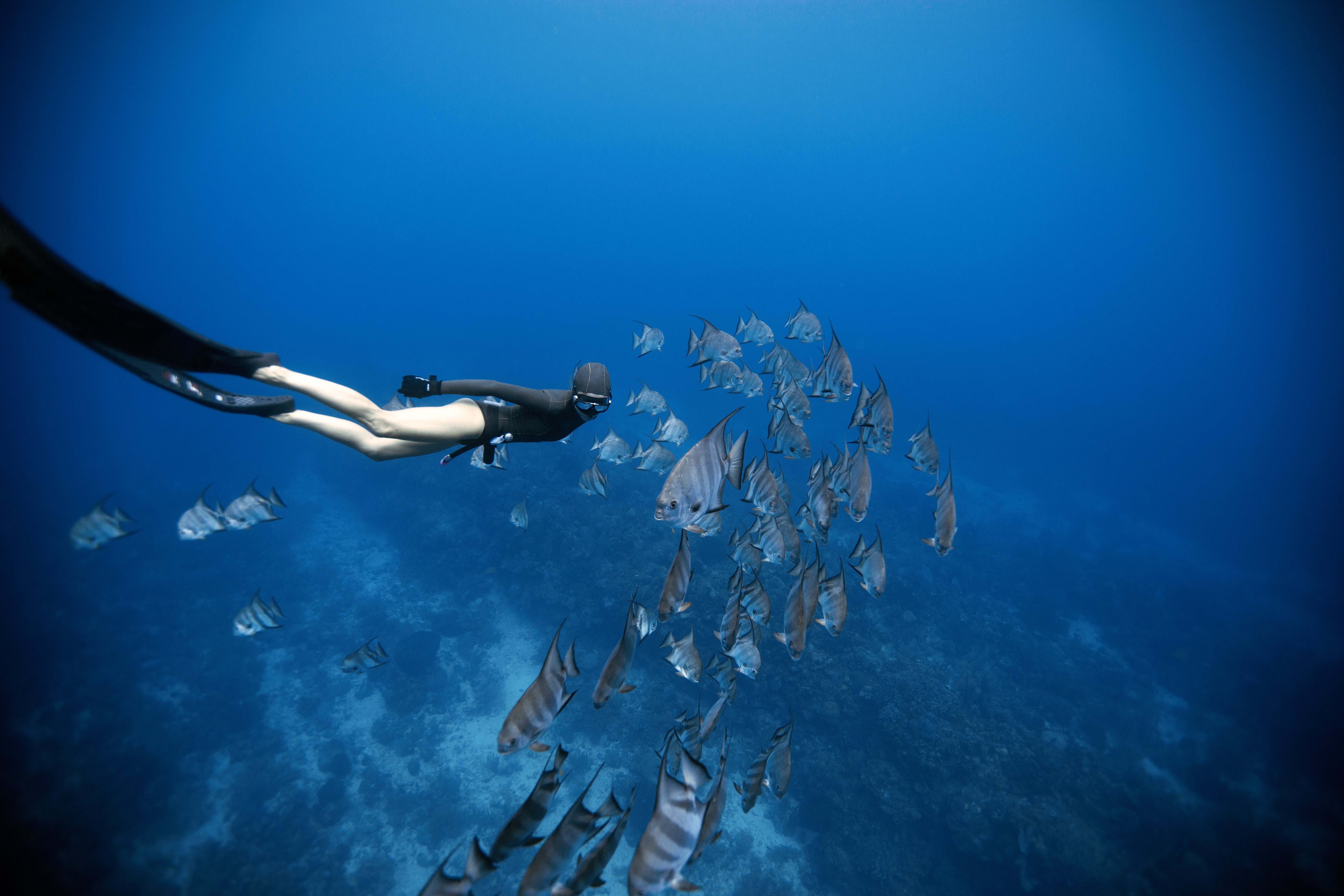
Underwater Filming Techniques for Beginners
1. Embracing Wide Shots and Close Proximity When Filming Underwater
Underwater filmmaking is as much about artistry as it is about technical skills. One of the key artistic decisions you'll make is how to frame your shots. In the underwater world, the general rule of thumb is to get as close as possible to your subject while maintaining the widest view. Getting close to your subject reduces the amount of water between your lens and the subject. Water can distort light and reduce the clarity of your image, so the less water you have to shoot through, the clearer your image will be. This is especially important in underwater environments where visibility can be limited by particles suspended in the water or by the water's own color and clarity.
A fish-eye or 16-35mm lens can be a great tool for achieving this wide view. These lenses can provide up to 180 degrees of coverage, allowing you to capture a vast area in a single shot. They also create a unique visual effect, with the image appearing to curve outwards towards the edges. This can add a dynamic, immersive feel to your footage, drawing the viewer into the scene.
However, it's important to remember that while going wide can create stunning shots, it's not always the best approach for every situation. Sometimes, a narrower view can be more effective, especially when you're trying to highlight a specific subject or detail. As with all aspects of filmmaking, the key is to understand the tools and techniques at your disposal and to use them creatively to tell your story.
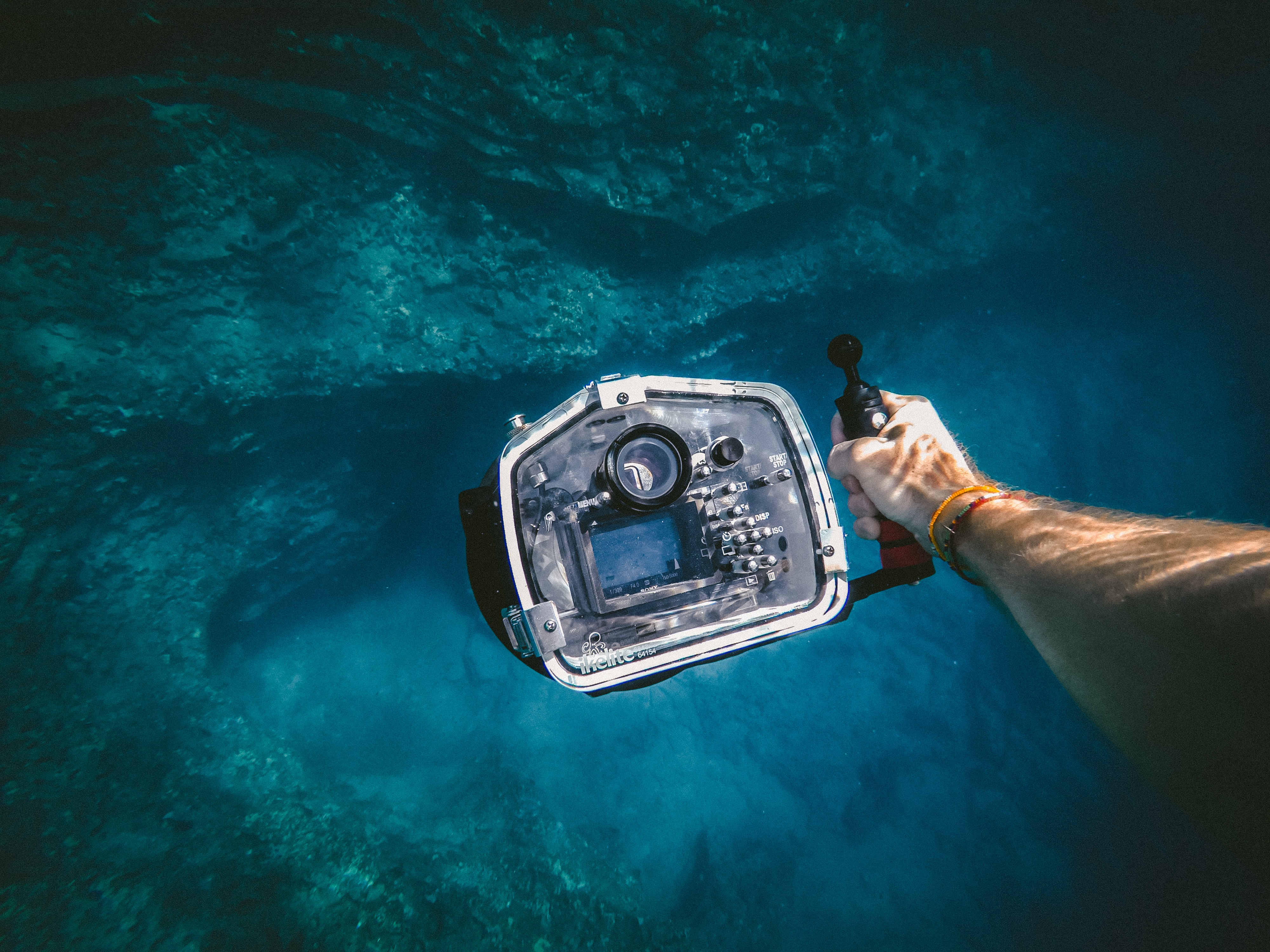
2. Mastering Focus When Filming Underwater: The High F-Stop Technique
When filming underwater I'd recommend turning off your camera's auto-focus and instead use manual focus. Auto-focus works by identifying "edges" to focus on, which can be problematic underwater. You can learn more about different focusing techniques here: How to Keep Your Subject in Focus as a Solo Filmmaker
A good trick is to focus on something about 6 feet away. It's a sweet spot that keeps both close-up and far-away subjects in focus. Once you've got that set, you can tweak the manual focus settings to get your shot just right. With a bit of practice, you'll be nailing the focus on your underwater shots in no time.
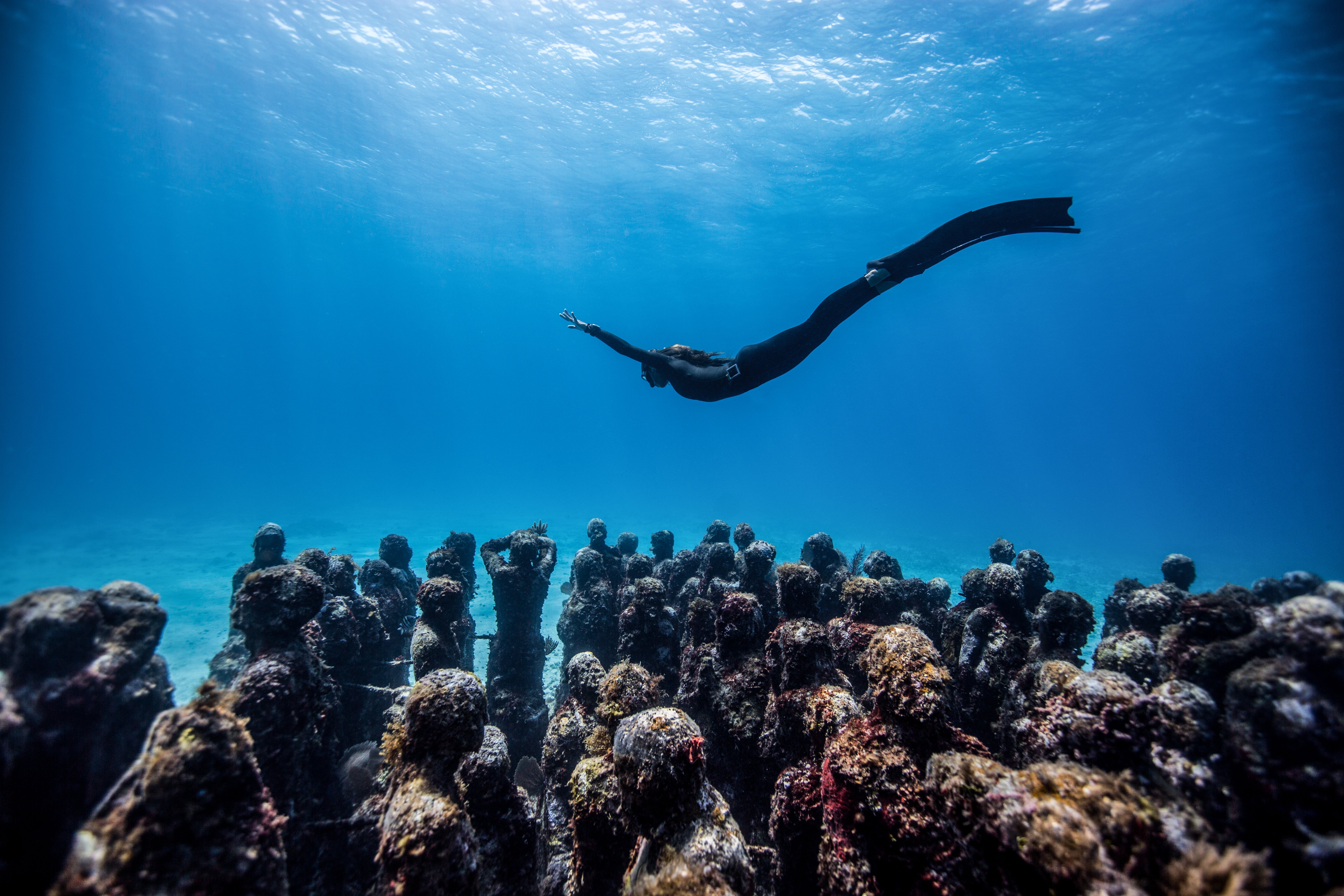
3. Achieving Stable Shots When Filming Underwater
Filming underwater is a whole different ball game compared to shooting on land. One of the biggest challenges? Keeping your shots steady. Traditional tripods just don't cut it underwater, especially when you're dealing with bulky underwater housings.
Instead, think about using soft dive weights on a weight belt to keep your camera steady. It's like giving your camera an anchor, helping it stay put and counteracting the buoyancy. This way, you can smoothly adjust your camera's position and get those steady shots.
But don't forget about yourself! Your own body can be a great stabilizer for the camera. With some practice and solid diving skills, you can control your buoyancy and position yourself to create a stable platform for your camera. It's all about mastering the underwater environment to capture those smooth, steady shots.
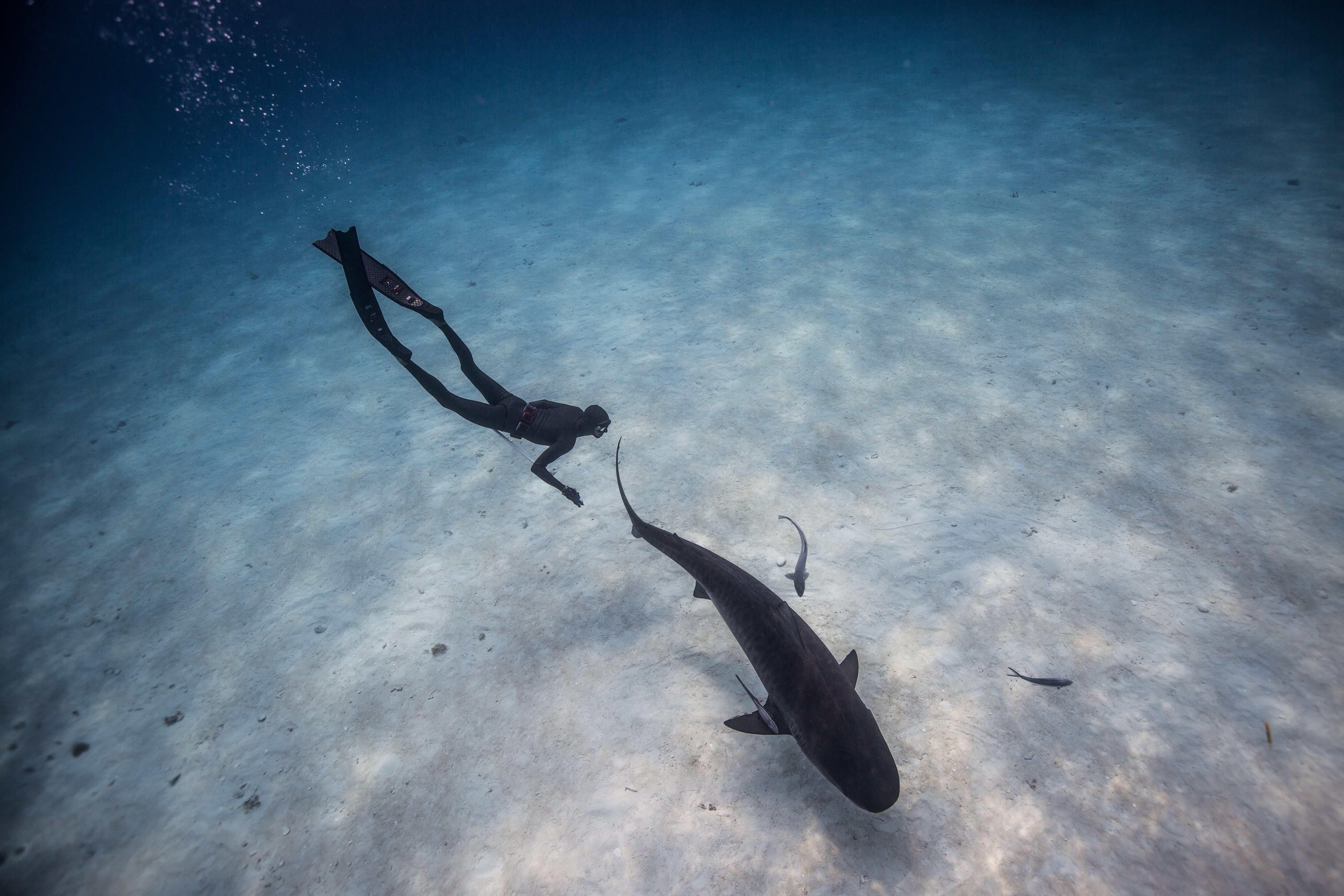
4. Playing with Light When Filming Underwater: Experimenting with Angles
While traditional underwater filming often involves keeping the light source behind you for clear, well-lit footage, experimenting with different light angles, such as backlighting, can create unique and visually striking shots. Backlighting outlines your subject with a soft glow, adding depth and drama to your footage.
Also filming during the "golden hours" of early morning or late afternoon can also enhance your shots, as the low, soft light highlights subtle details and creates a sense of depth. Don't be afraid to experiment with light angles to add a unique touch to your underwater footage.

5. Navigating Light Changes When Filming Underwater: Adjusting White Balance
As you delve deeper underwater, the light's color changes. To counteract this, you need to adjust the white balance. By performing a custom white balance, you provide the camera with a baseline for white, from which it adjusts all other colors in the image. This technique helps restore lost reds and enhances the quality of your shots. Not sure how to change your camera's white balance? Check out this blog: How to Shoot a Cinematic Video: Camera Settings Checklist
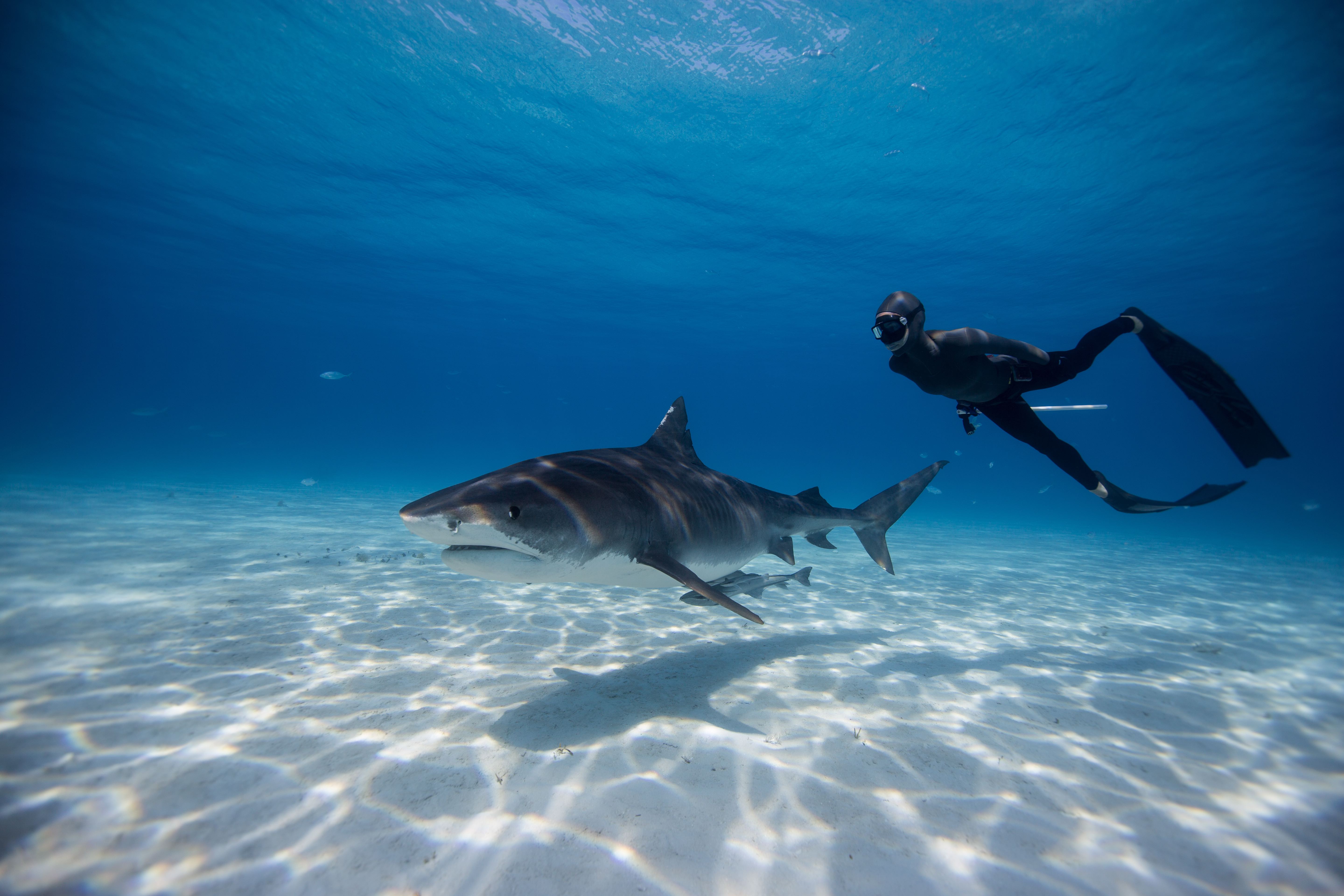
6. Buoyancy: The Secret Weapon When Filming Underwater
Good buoyancy is essential for capturing quality underwater footage. The ability to stay stationary in one place while diving, or hovering, is a critical skill. Steady shots are only possible if your buoyancy is well-controlled.
Mastering buoyancy control requires practice and experience. It's about learning how to use your breath and your equipment to maintain a steady position in the water. When you inhale, your lungs fill with air, increasing your volume and causing you to float upwards. When you exhale, your volume decreases, and you sink. By controlling your breath, you can make fine adjustments to your position in the water.
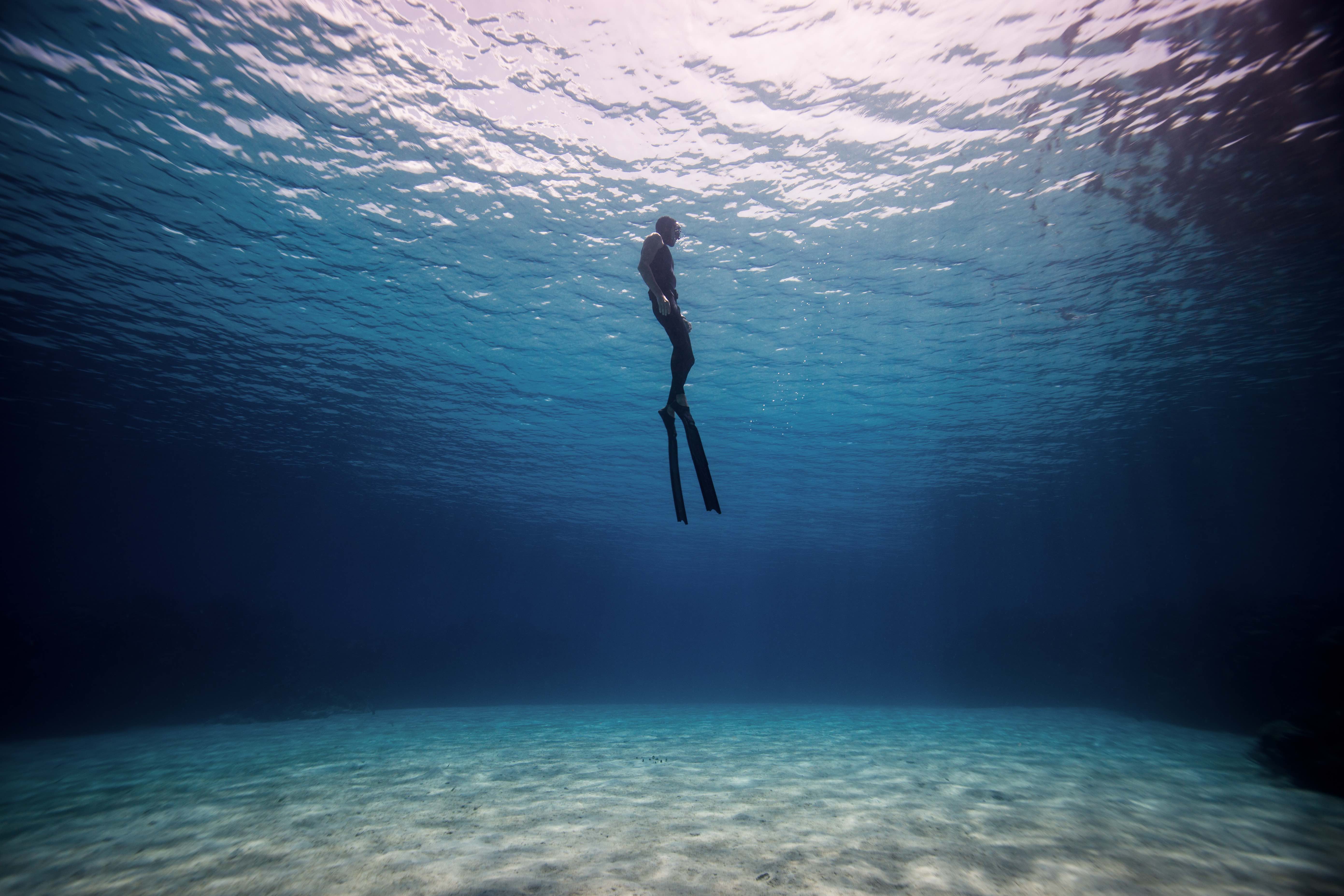
7. Respecting the Blue: Ethical Practices in Underwater Filmmaking
When filming underwater, it's crucial to avoid damaging the surrounding environment. Avoid stirring up silt and dust from the bottom as it can cloud the water and obstruct your camera's view. Also, move slowly and controlled; don’t chase fish or other marine life, as it can scare them off.
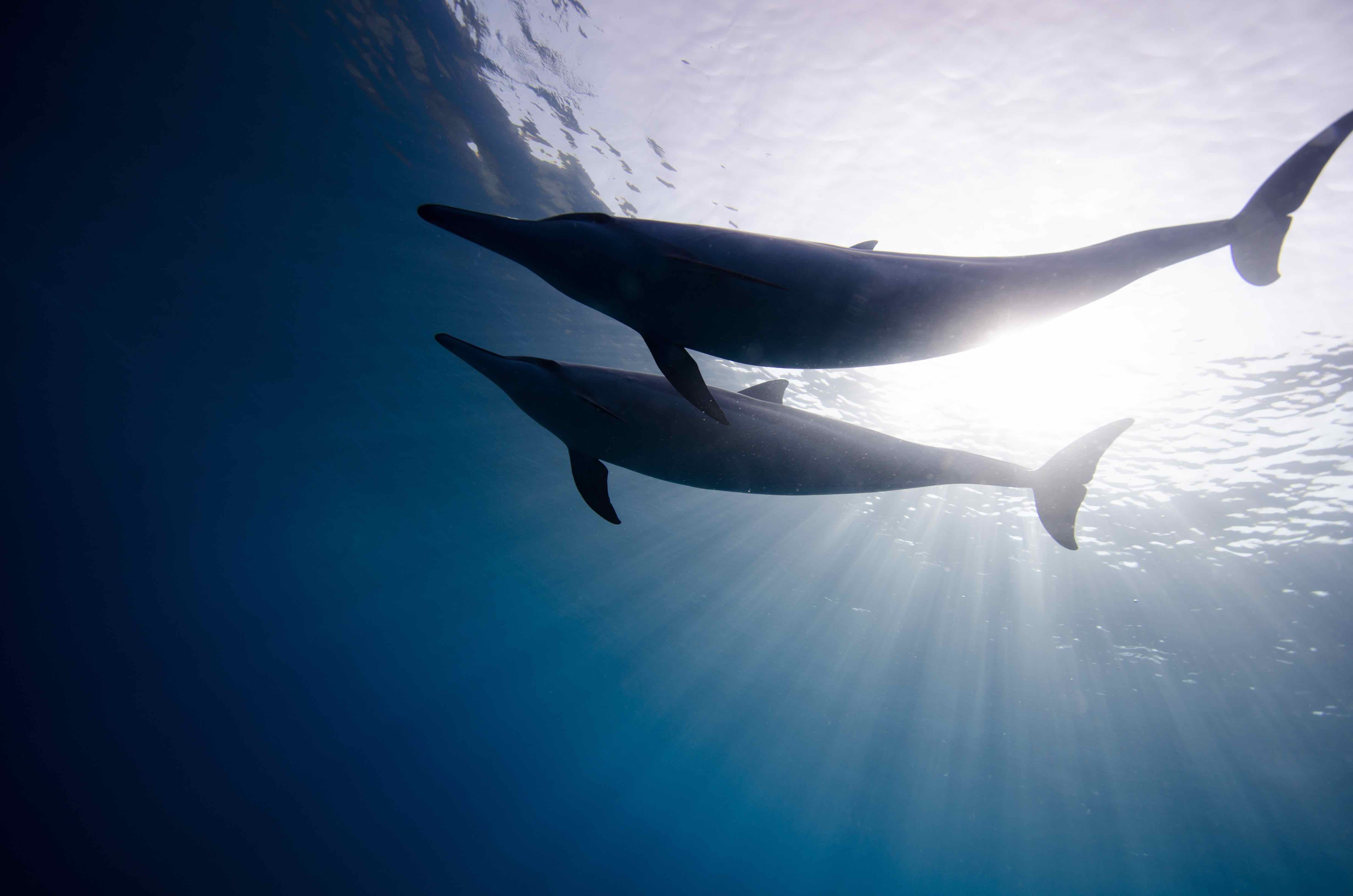
Best Underwater Cameras for Filmmaking (All Budgets)
When it comes to underwater filmmaking, selecting the right camera is crucial to capture the majestic beauty of the underwater world, regardless of your budget. For professionals and those with a higher budget, the RED Komodo 6K offers unparalleled image quality and dynamic range, making it a top choice for cinematic underwater shoots. Mid-range options like the Panasonic GH5 II are popular among filmmakers for their robust build, excellent video quality, and versatility, including impressive underwater housing options. For those on a tighter budget, the GoPro Hero 10 Black continues to be a favorite for its compact size, 5.3K video capability, and durability, making it ideal for adventure enthusiasts looking to capture underwater moments without breaking the bank. Each of these cameras offers unique features tailored to different levels of underwater filmmaking, ensuring that creators can find a tool that fits their needs and budget.
Underwater Camera Prep: Is Your Gear Watertight?
Before heading underwater, protecting your camera means more than just trusting a waterproof case. Thoroughly inspect every seal and o-ring – any little speck of sand or a worn spot could ruin your day. A light coating of silicone grease helps create a watertight barrier (don't overdo it, or it'll work against you!). If your housing allows, run a pre-dive vacuum test for absolute confidence. Finally, a freshwater rinse after every dive is a must – it prevents saltwater damage and keeps your gear working smoothly. These steps won't just protect your investment; they ensure you're ready to capture those incredible underwater moments without a worry.
Creative Underwater Filming Techniques to Try
Exploring creative underwater filming techniques can transform your aquatic videos into mesmerising works of art. One innovative approach is playing with light and shadows to create dramatic effects, utilising the natural light that filters through the water or adding underwater lights for a more controlled environment. Experimenting with slow-motion captures can also emphasise the surreal, fluid movements of marine life or the undulating motion of water, adding a dreamlike quality to your footage. Over-under shots, where half of the frame captures the underwater scene while the other half shows the surface, offer a unique perspective that bridges the aquatic world with the terrestrial. And incorporating close-up shots can reveal the intricate details of underwater ecosystems, bringing the viewer up close and personal with the textures and patterns of marine life.
Practice Underwater Filmmaking
Underwater filmmaking may be challenging, but with patience, practice, and these tips in mind, you can capture mesmerizing footage that showcases the beauty and wonder of the underwater world. So gear up, dive in, and let your creativity flow with the current!
Free Documentary Filmmaking Training
If you want more value-packed filmmaking tips like in this blog, I’ve put together a free documentary training video where I share how I make cinematic documentaries. Click here to sign up and get instant access.
Photography by: One Ocean, One Breath
















